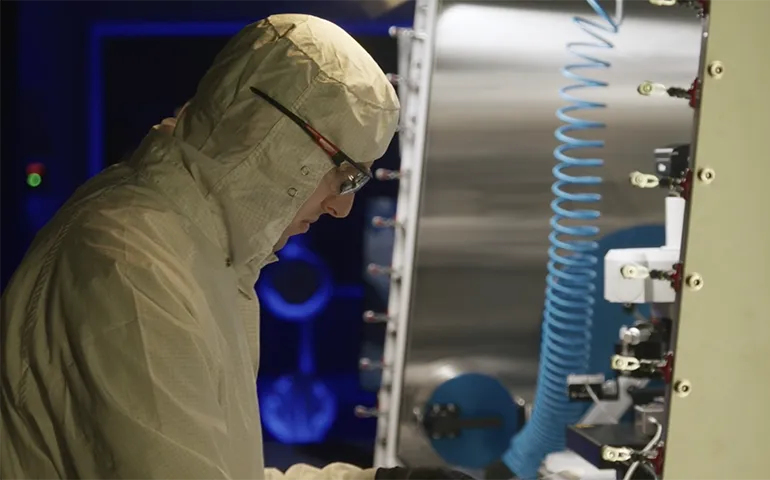Exploring the Role of Photonics in Energy Efficiency for AI Applications

Introduction to Photonic Computing
Photonics is emerging as a crucial technology in the realm of computing, particularly as we face the impending limits of Moore's Law. This technology harnesses the power of light to process information more efficiently.
The Need for Energy-Efficient Solutions
With the increasing demand for AI capabilities, traditional computing technologies may struggle to keep pace. This growing demand highlights the urgency for energy-efficient solutions.
Benefits of Photonic Computing
- Enhanced energy efficiency for AI applications
- Potential to outpace traditional semiconductor developments
- Support for sustainable technological advancements
Conclusion
Incorporating photonics into future computing technologies could revolutionize the efficiency of AI, making it a substantial contribution to sustainable tech development.
This article was prepared using information from open sources in accordance with the principles of Ethical Policy. The editorial team is not responsible for absolute accuracy, as it relies on data from the sources referenced.